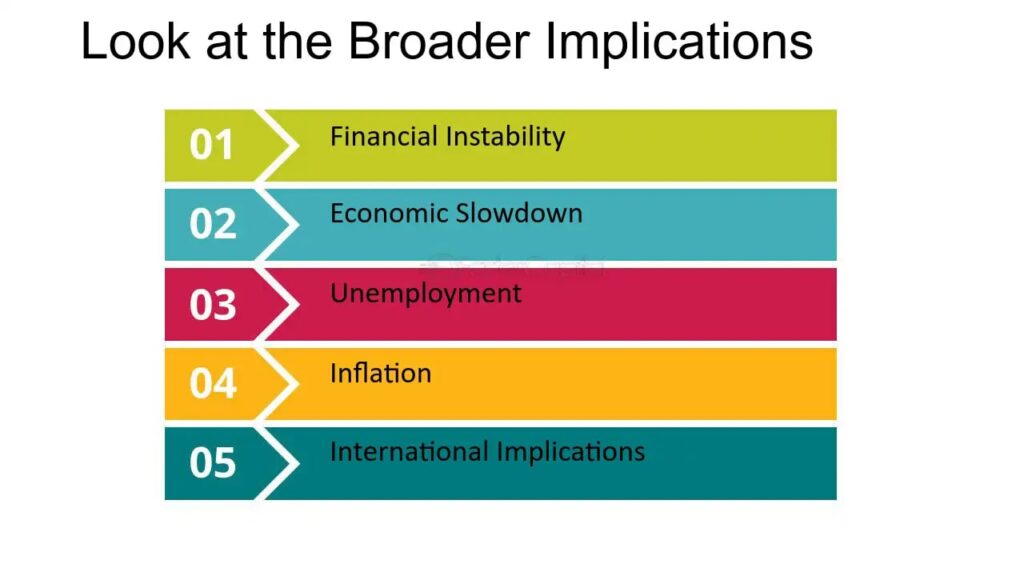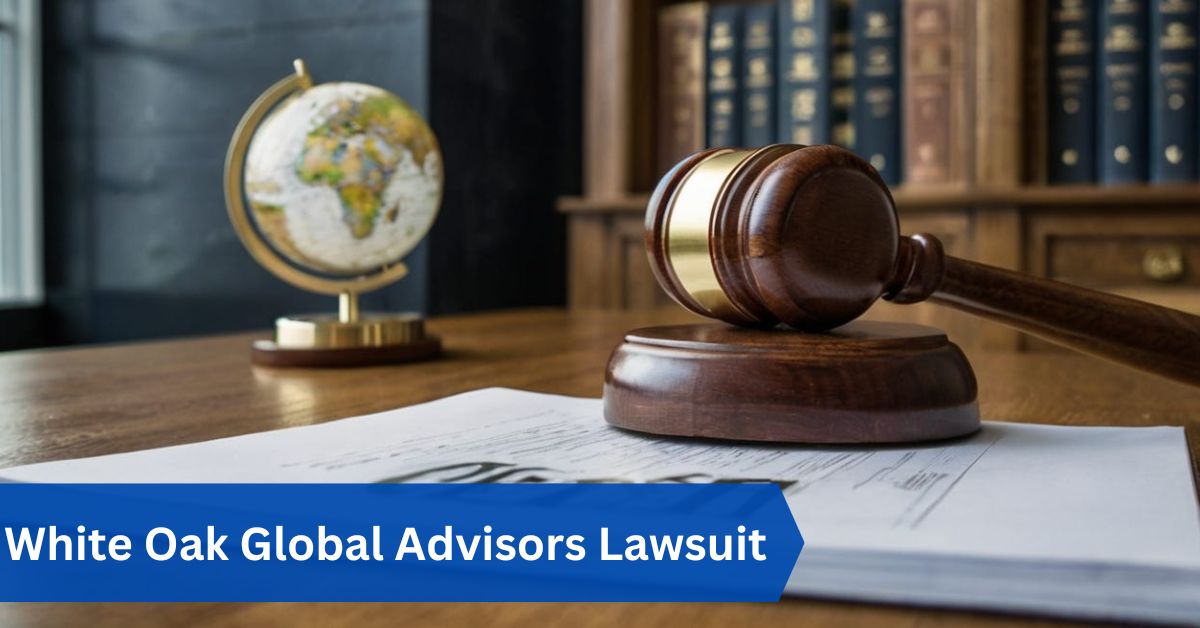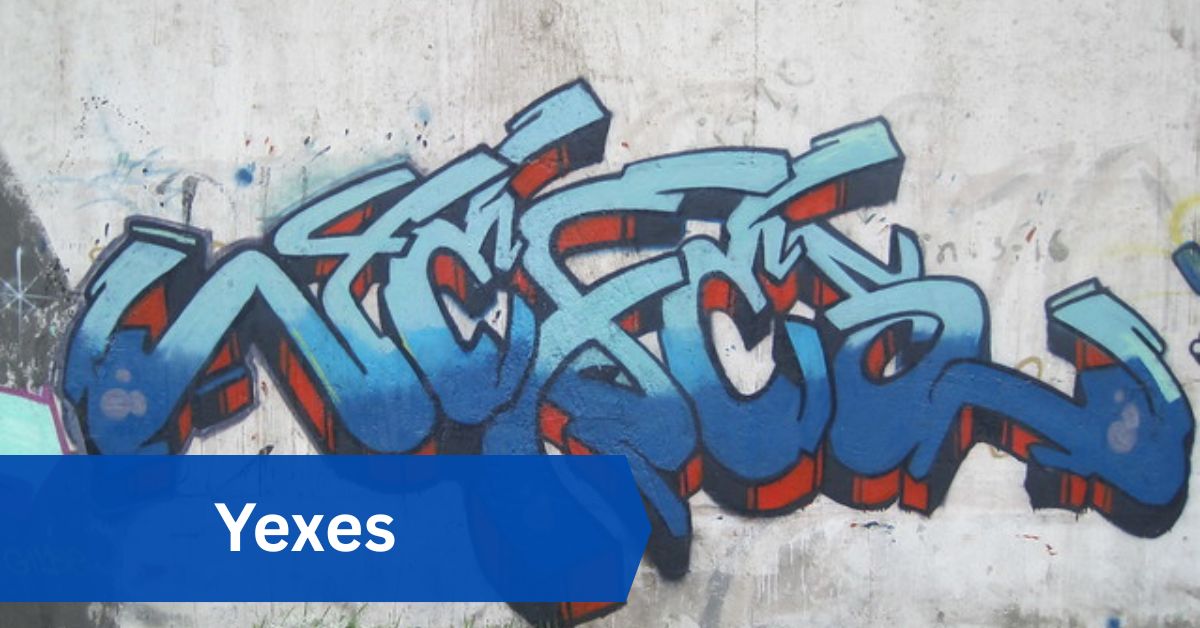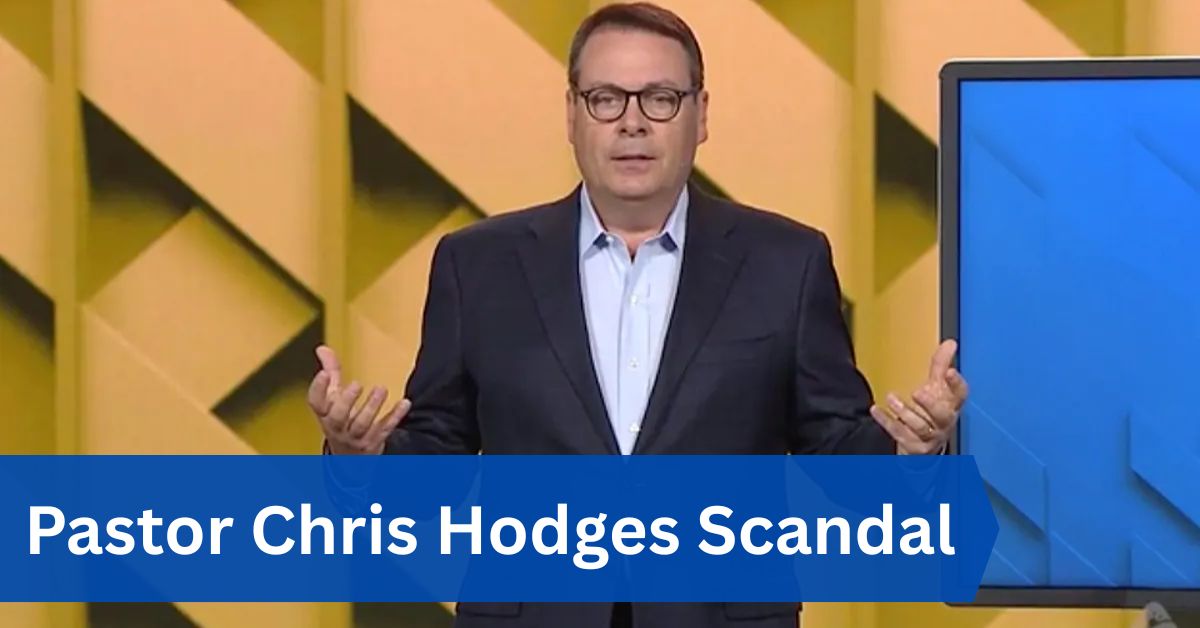When I first read about the White Oak Global Advisors lawsuit, I was surprised by how serious fiduciary breaches can impact both firms and pension holders. It made me more cautious about how financial institutions manage retirement assets.
The White Oak Global Advisors lawsuit involves allegations of fiduciary misconduct, self-dealing, and ERISA violations related to pension fund management. The case resulted in a $140 million settlement with the New York State Nurses Association Pension Plan (NYSNAPP).
In this article we discuss about “White oak global advisors lawsuit”
Table of Contents
Full Details, Settlement & Industry Impact:
The White Oak Global Advisors lawsuit stands as a landmark case in the financial industry, drawing attention to fiduciary responsibility, ethical asset management, and the consequences of regulatory violations. From its roots in pension fund mismanagement to its $140 million settlement, this case is a cautionary tale for asset managers and investors alike.

Read More: Pastor Chris Hodges Scandal—A Complete Guide!
In this article, we examine the origins, legal claims, ERISA implications, settlement outcomes, and what the lawsuit means for the future of financial stewardship.
What is White Oak Global Advisors?
Founded in 2007, White Oak Global Advisors is a private credit and investment management company with headquarters in San Francisco. Offering specialized credit solutions to underserved small and medium-sized firms (SMEs), which sometimes do not have access to standard bank loans, is how the company established its reputation.
Services and Clientele:
White Oak offers funding across a variety of industries, including technology, manufacturing, healthcare, and logistics. Institutional investors including sovereign wealth funds, endowments, and pension plans are among its clientele. Its impact on private credit markets increased significantly over time.
However, its high-profile growth has also attracted scrutiny — leading to one of the most controversial legal battles in recent finance history.
Background of the White Oak Global Advisors Lawsuit:
The White Oak Global Advisors lawsuit began to gain traction after claims surfaced from the New York State Nurses Association Pension Plan (NYSNAPP). The pension plan alleged that White Oak had breached its fiduciary duties and engaged in self-dealing, leading to severe financial losses.
Timeline of Events:
- Pre-2024: Concerns began to emerge around specific transactions involving NYSNAPP’s funds.
- 2024: NYSNAPP filed suit, citing breaches of fiduciary duty under ERISA.
- 2025: The case culminated in a $140 million settlement, making headlines across the industry.
The lawsuit was officially filed under the name Cloinger v. Beauvais, referencing White Oak executives who were involved in the disputed decisions.
Key Allegations in the White Oak Global Advisors Lawsuit:
1. Fiduciary Breach Under ERISA:
White Oak’s breach of its fiduciary duties under the Employee Retirement Income Security Act (ERISA) was the main accusation. Financial companies that oversee retirement plans are required by ERISA to act only in the beneficiaries’ best interests.
2. Self-Dealing and Conflict of Interest:
White Oak was accused of leveraging NYSNAPP’s assets in ways that benefited the firm itself or its affiliates. Examples include redirecting investment capital into White Oak-linked ventures and executing high-risk strategies without proper disclosure.
3. Transparency and Disclosure Failures:
Plaintiffs claimed that White Oak failed to provide adequate transparency about how funds were being allocated, thereby misleading stakeholders about risks, returns, and true investment strategies.
4. Misrepresentation of Investment Products:
The lawsuit alleged that White Oak had exaggerated the potential returns on certain financial products while downplaying or omitting associated risks — leading investors to make decisions based on incomplete or misleading information.
The Role of ERISA in the Case:
The Employee Retirement Income Security Act (ERISA) played a critical role in this lawsuit. ERISA sets standards for how retirement plans must be managed and imposes fiduciary duties on anyone handling pension funds.
Key ERISA Requirements:
- Loyalty: Fiduciaries must act solely in the interest of participants and beneficiaries.
- Prudence: All investment decisions must be made with care, skill, and diligence.
- Diversification: Assets must be allocated in a way that minimizes risk.
- Compliance: Fiduciaries must follow plan documents and relevant law.
White Oak was accused of violating these principles — particularly loyalty and prudence — which formed the backbone of the $140 million settlement.
White Oak Global Advisors Settlement Details
1. Financial Terms of the Settlement:
The case was resolved with a $140 million settlement, one of the largest for fiduciary misconduct under ERISA. Although White Oak did not admit guilt, the settlement was structured to compensate NYSNAPP for alleged damages and lost value.
2. Why White Oak Chose to Settle:
Legal experts suggest that White Oak likely settled to:
- Avoid further reputational damage.
- Prevent prolonged litigation.
- Limit additional discovery or regulatory scrutiny.
Impact on NYSNAPP and Its Members:
1. Financial Consequences:
The pension fund experienced significant losses allegedly due to mismanaged investments. Although the settlement helped restore some capital, the breach eroded years of financial planning for healthcare workers relying on the fund.
2. Governance Changes:
In response to the lawsuit, NYSNAPP adopted new risk management protocols, increased board oversight, and began auditing all third-party asset managers more rigorously.
The Broader Impact on the Financial Industry:

Read More: Flashata—A Complete Guide!
1. Industry-Wide Scrutiny:
The White Oak case has spurred a wave of introspection in the financial industry. Fiduciary managers, pension consultants, and alternative asset firms are now under increased pressure to:
- Improve internal compliance structures.
- Enhance investor communication.
- Prioritize transparency in investment strategy disclosure.
2. Regulatory Ripple Effect:
Regulatory bodies like the Department of Labor (DOL) and SEC have taken note of this case, prompting potential rule changes and stricter enforcement of ERISA standards.
3. Shift in Investor Sentiment:
Investors — especially institutional ones — are becoming more vigilant. Many are reassessing the qualifications and ethical standards of asset managers before entrusting them with capital.
Current Status and Future Outlook:
While the major legal conflict with NYSNAPP has been resolved, White Oak may still face ongoing investigations or civil suits related to its fiduciary practices. The firm has publicly stated its commitment to improving internal governance and transparency.
Rebuilding Trust:
White Oak has reportedly introduced reforms including:
- Independent compliance audits.
- Updated fiduciary training for executives.
- Enhanced transparency with institutional clients.
Only time will tell whether these reforms will fully restore the firm’s credibility in the financial sector.
Lessons for Asset Managers and Investors:
1. The High Cost of Non-Compliance:
Financial penalties and reputational loss can cripple even well-established firms. The $140 million payout is a stark warning to any firm managing retirement or institutional funds.
2. Governance and Oversight:
Strong internal controls and an independent oversight committee are crucial in today’s financial landscape.
3. Communication is Critical:
Transparent and honest reporting not only prevents lawsuits but also builds trust among stakeholders.
White Oak’s Response and Steps Toward Reputation Recovery:
In the wake of the lawsuit, White Oak Global Advisors took multiple steps to repair its public image and reassure investors. The firm emphasized its commitment to transparency by updating its governance practices and increasing communication with stakeholders. Internal compliance protocols were strengthened, and new fiduciary training was implemented for decision-makers. These efforts aim to rebuild trust, reduce the risk of future legal issues, and demonstrate a proactive approach to ethical asset management.
Legal Lessons from the White Oak Global Advisors Case:
The White Oak Global Advisors lawsuit highlights the serious consequences of breaching fiduciary duties under ERISA. One of the biggest takeaways for financial firms is the importance of prioritizing client interests over profit-driven motives.
Firms must ensure full transparency in investment disclosures, avoid conflicts of interest, and maintain rigorous compliance standards. This case sets a clear precedent: regulatory oversight is intensifying, and ethical lapses can lead to substantial legal and reputational damage.
Impact of the Lawsuit on NYSNAPP and Its Members:
The New York State Nurses Association Pension Plan (NYSNAPP) suffered significant financial losses due to alleged mismanagement of its assets. The $140 million settlement provided partial restitution, but the damage to trust was substantial.

Read More: Natasha Mae Fester Obituary—A Complete Guide!
As a result, NYSNAPP strengthened its internal governance, increased third-party oversight, and adopted stricter asset manager vetting processes. For thousands of pension holders, the lawsuit served as a wake-up call about the importance of fiduciary accountability and transparent investment practices.
Frequently Asked Question:
1. Is White Oak a private equity firm?
White Oak Global Advisors is not a traditional private equity firm; it’s a private credit and alternative investment manager. It provides customized lending solutions, particularly to small and mid-sized enterprises.
2. Why is white oak so expensive now?
White oak is expensive due to its durability, high demand in furniture and flooring, and limited supply from sustainably managed forests. Rising production and transportation costs have also contributed.
3. Is white oak still popular?
Yes, white oak remains popular for both interior design and fine woodworking. Its strength, grain pattern, and ability to accept stains make it a top choice for architects and manufacturers.
4. Is there a market for white oak?
Absolutely. There’s a strong domestic and international market for white oak, especially in furniture, flooring, cabinetry, and even whiskey barrel production.
5. Is WhiteOak a good company?
White Oak has a solid reputation in the private credit space, though its involvement in lawsuits has raised questions about its practices. It remains a significant player in alternative lending.
6. Who is the executive director of the White Oak Initiative?
As of recent updates, the Executive Director of the White Oak Initiative is Logan Thompson, focused on sustainable forestry and oak habitat conservation.
7. What is the previous name of White Oak Mutual Fund?
White Oak Mutual Fund was previously known as White Oak Select Fund before it rebranded under White Oak Capital Management for broader investment recognition.
8. Who owns White Oak Partners?
White Oak Partners is privately owned, primarily led by its founder Bob White, who established the company as a real estate investment and asset management firm.
9. Who is White Oak Capital promoters?
One of the promoters of White Oak Capital Management is Prashant Khemka, a former fund manager at Goldman Sachs. With an emphasis on long-term equities investing, he launched the company.
10. Is White Oak a bank?
No, White Oak is not a bank. It’s a private lending and investment firm specializing in non-bank financing for middle-market companies.
11. Who is Mike Pykosz?
Co-founder and former CEO Mike Pykosz founded Oak Street Health, a medical facility that specializes in primary care for senior citizens, particularly those on Medicare.
12. What is the Oak Street Health lawsuit?
The Oak Street Health lawsuit involves allegations of fraudulent Medicare billing practices. It has led to federal investigations into how the company managed patient visits and reimbursement claims.
Conclusion:
The lawsuit against White Oak Global Advisors is a potent reminder of how important fiduciary responsibility is to sound financial management. In addition to damaging White Oak’s brand, the $140 million settlement rocked the investment world with claims of self-dealing, ERISA violations, and mismanagement of pension assets. The case serves as a warning to asset managers, institutional investors, and regulators alike as businesses reevaluate their compliance and supervision plans, highlighting the fact that responsibility, ethics, and transparency are now necessary for long-term profitability and trust rather than being optional.
Read More:
- Half of a 1990s-2000s Rock Duo with Six Grammys—A Complete Guide!
- Manganato—A Complete Guide!
- White Oak Impact Fund—A Complete Guide!
- Yexes—A Complete Guide!







Leave a Reply